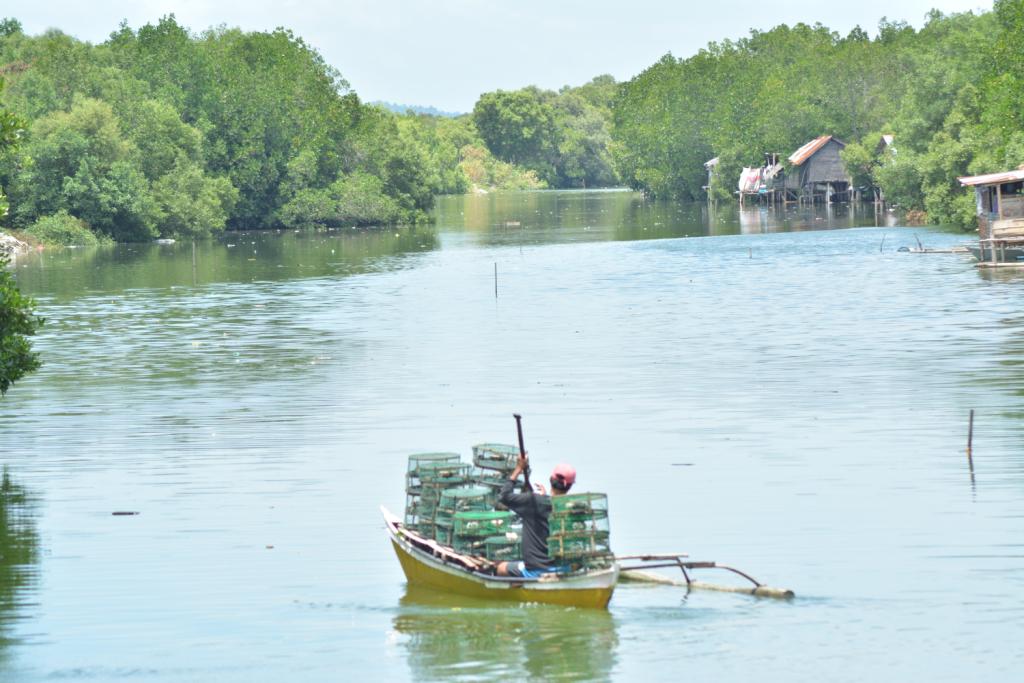
[av_one_full first min_height=” vertical_alignment=” space=” custom_margin=” margin=’0px’ padding=’0px’ border=” border_color=” radius=’0px’ background_color=” src=” background_position=’top left’ background_repeat=’no-repeat’ animation=”]
[av_heading tag=’h3′ padding=’10’ heading=’Iloilo seeks to conserve blue crab population’ color=” style=’blockquote modern-quote’ custom_font=” size=’30’ subheading_active=’subheading_below’ subheading_size=’18’ custom_class=” admin_preview_bg=” av-desktop-hide=” av-medium-hide=” av-small-hide=” av-mini-hide=” av-medium-font-size-title=” av-small-font-size-title=” av-mini-font-size-title=” av-medium-font-size=” av-small-font-size=” av-mini-font-size=”][/av_heading]
[av_textblock size=” font_color=” color=” av-medium-font-size=” av-small-font-size=” av-mini-font-size=” admin_preview_bg=”]
Tuesday, February 27, 2018
[/av_textblock]
[av_textblock size=’18’ font_color=” color=” av-medium-font-size=” av-small-font-size=” av-mini-font-size=” admin_preview_bg=”]

ILOILO – The provincial government will put up a crab hatchery worth P5-million in Concepcion town this year to help conserve and restore the population of the kasag or blue swimming crabs.
In partnership with the Bureau of Fisheries and Aquatic Resources (BFAR), the crab hatchery will be built at the Northern Iloilo Polytechnic State College (NIPSC).
Kasag fishery is a significant subsector of the crustacean fishery, according to BFAR. But blue swimming crab catch is steadily declining in volume and crab size due to the serious depletion of the breeding stock of crabs.
The fishing gear that catches crab, particularly the crablets, are municipal trawl, fish corral, crab entangling net, pulling net “suwayang”, push net, and man trawl using sailboat.
According to BFAR, crab production is highest in Region 6 contributing 32.23 percent and includes Negros Occidental exporting crabmeats to parts of the US and Asia.
However, due to increasing demand on blue swimming crabs since early 1990, crab overfishing and habitat destruction became a major issue. According to the initial survey of BFAR’s Capture Fisheries Division in the Visayan Sea, the blue swimming crab harvest declined from 20 kilos per day in the early 1990s to five kilos per day per fishermen in years 2008 and 2009.
Likewise, processing plants or crab meat picking plants dropped its production from two tons per day to one ton per day during peak season, and 500 kilograms every other day during lean season.
August is the common peak month for blue swimming crab fishing while March and April are the common lean months.
The crab hatchery, to be built in cooperation also with the Philippine Association of Crab Processors Inc. (PACPI) and Saravia Blue Crab, will serve as a research and learning facility for on-the-job trainings of students of NIPSC and other tertiary schools offering fisheries related courses.
BFAR will provide technical assistance in its operation, assist in the sea ranching activities, and reproduce and disseminate information, education and campaign materials.
It will also study its impact and augment inputs (e.g. stocks, feeds, laboratory supplies and equipment) for the operation and maintenance of the hatchery.
PACPI will provide technical assistance and technical personnel to oversee and assist in its operation, particularly in the production.
Saravia Blue, on the other hand, will provide berried or gravid crabs caught or sold to them and provide the province with information for the effective enforcement of crab ordinances.
The proposed crab hatchery project is inspired by the success of the same in Escalante, Negros Occidental. A memorandum of agreement to establish the project is currently being finalized by the Provincial Agriculture’s Office. (Jezza A. Nepomoceno, Iloilo Capitol/PN)
[/av_textblock]
[/av_one_full]



